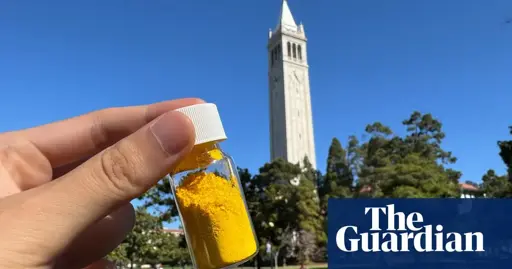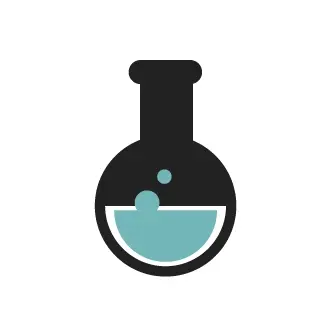- cross-posted to:
- futurology@futurology.today
- cross-posted to:
- futurology@futurology.today
Just half a pound of the stuff may remove as much carbon dioxide as a tree can, according to early tests. Once the carbon is absorbed by the powder, it can be released into safe storage or be used in industrial processes, like carbonizing drinks.
“This really addresses a major problem in the tech field, and it gives an opportunity now for us to scale it up and start using it,” says Omar Yaghi, a chemist at the University of California, Berkeley. It’s not the first material to absorb carbon, but “it’s a quantum leap ahead [of other compounds] in terms of the durability of the material”.
‘quantum leap’ for industry
So … the tiniest possible step forward?
No no, the tiniest possible leap (practically equivalent to tiniest possible step except much more elaborate and important sounding)
There was an old tv show called quantum leap where the main character jumped through time. I assume this is what they are referring to, though no one under 45 years old will have heard of this tv show.
I’m old enough to remember the show 👴 but the reference is (also) that people frequently use “quantum” to mean something large and impressive, like in this headline, when originally it means a shift in quantum states at a molecular or atomic level — i.e., teeny tiny and hardly noticeable.
quantum leap
noun
: an abrupt change, sudden increase, or dramatic advance
I am calling it right now.
This will never be a thing.
I’ll be happy if I am proven wrong though
Ok. So we have this covalent organic network material that absorbs carbon. I have four questions: Whats the synthetic route? what’s the cost per gram to make it?Where do you put the carbon dioxide after? What’s powering the heat to desorb the carbon? Since they published in nature and the paper isn’t on scihub atm I’m gonna guess: "expensive, fiddly, and difficult to scale, and actually we asked a grad student to make a kg of it a year ago and he’s still working at the 1g scale and failing ", “about 25,000$/g”, “We have one identical sentence in both the conclusion and abstract which says a few things we could do, but that we haven’t actually tested”, and “natural gas, if you’re lucky”.
OR - okay, Or we could stop oil production and move to 100% renewables.
It is clear to me you arent thinking about short term profitability. Please try to think of the shareholders.
OR-
We end oil production, move to renewables, and try to undo the damage we’ve already done.
So what exactly does one do with it? How is it applied? The article says it could be used to carbonate drinks after absorbing enough carbon but also to build plants that produce carbon - I don’t think they’re going to use pieces of a wall to carbonate drinks.
I think they mean they would be used to scrub the exhaust of plants that use carbon. Like we already do with sulphur to prevent acid rain.
Huh. I didn’t know they used sulphur like that. Interesting!
I mean they have scrubbers to remove the sulphur in combustion products, the sulphur produces acid rain.
Oh. Okay, I know nothing about any of this. Makes me wish the article the article went into more detail even more.
It’s a climate win from a couple decades back
I am unfortunately old enough to remember being scared of acid rain, I just don’t know what exactly is being done in plants about it. But thank you :)
So once you’ve captured the co2, you turn it into fun bubbles that go into the atmosphere?
Seems like adding a lot of extra steps just to make bubbles.
Possibly put large carbon filters on ships?
Nice try Dr Oz! That’s just a bottle of Turmeric you quack!








